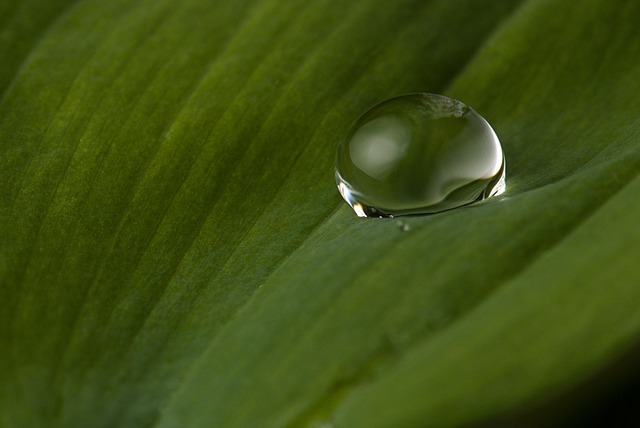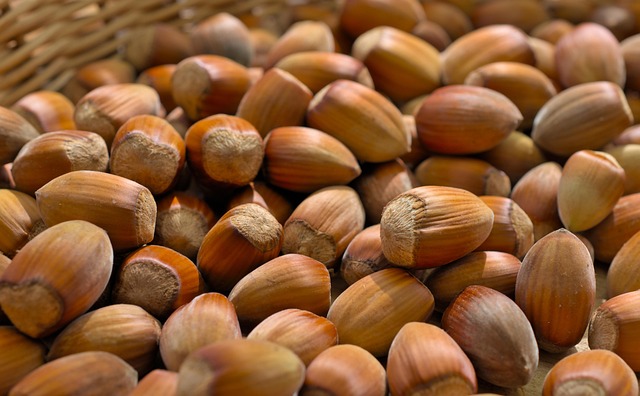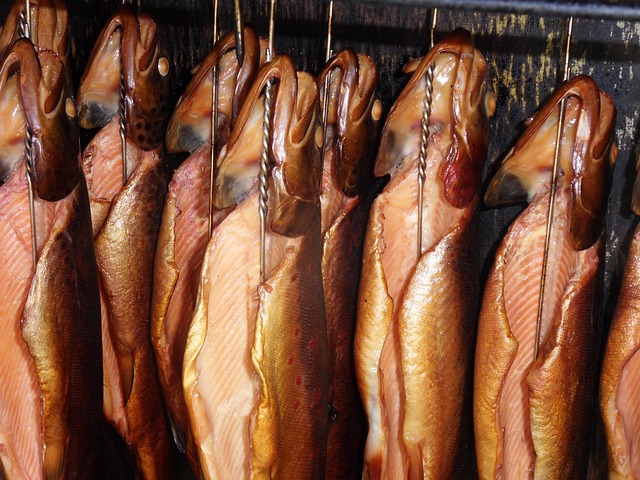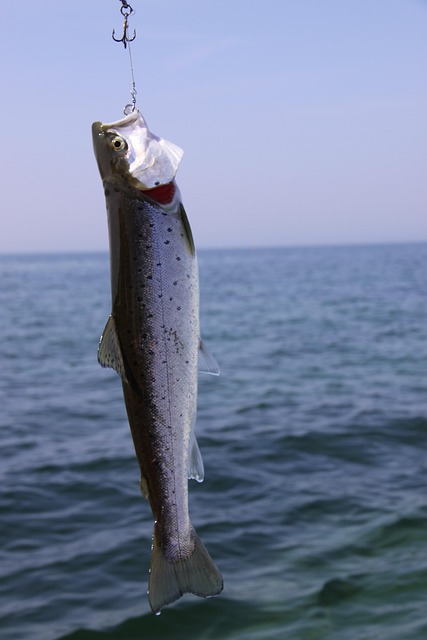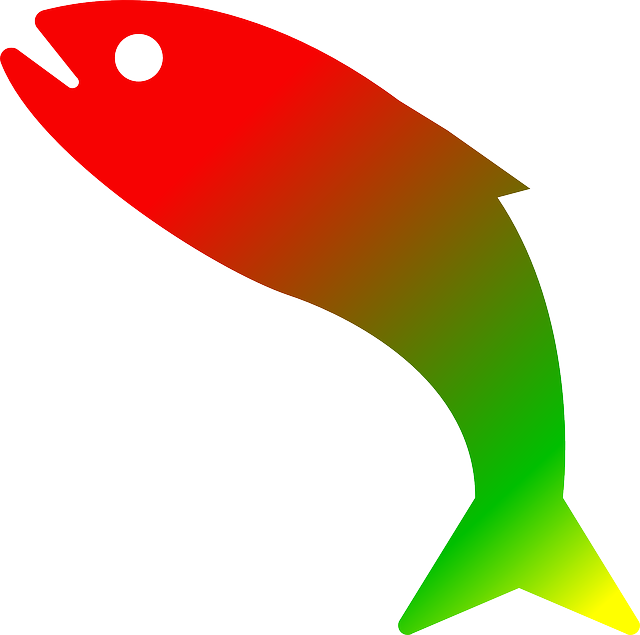The Upper Willamette River, known for its vibrant ecosystem and fishing spots, faces challenges from habitat changes, water quality issues, and non-native species. Historical records highlight the river's former abundance of salmonids like Chinook and Coho. Recent research uses advanced techniques to study fish populations, identifying common and rare species. The river supports diverse fish like Chinook salmon, Steelhead trout, Rainbow trout, and bass, but environmental factors such as water temperature and pollution threaten their health. Conservation efforts focus on understanding these influences to protect the Upper Willamette fishing spots and maintain ecological balance.
“Uncover the dynamic world of fish populations in the Upper Willamette River through this comprehensive study. From historical insights to modern data collection, we explore how environmental factors influence the region’s diverse fish species. Discover key findings on abundant populations and unique behaviors, offering valuable information for both conservationists and avid anglers looking to understand the best upper Willamette fishing spots. Dive into this analysis for a deeper understanding of nature’s intricate balance.”
- Historical Overview of Upper Willamette River Fish Populations
- Recent Studies and Data Collection Methods
- Key Fish Species and Their Abundance Patterns
- Impacts of Environmental Factors on Fish Populations
Historical Overview of Upper Willamette River Fish Populations
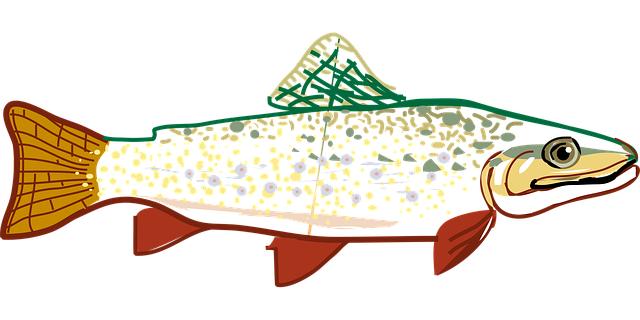
The Upper Willamette River, a vibrant and bustling ecosystem in Oregon’s landscape, has long been recognized as a premier destination for anglers due to its abundant fish populations. Historically, the river teemed with diverse species, making it a vital resource for both commercial fishing and recreational activities. Over time, various factors have influenced the health of these fish populations, including habitat changes, water quality shifts, and the introduction of non-native species.
Early records indicate that the Upper Willamette was once home to robust runs of salmonids, such as Chinook, Coho, and steelhead trout, drawing anglers from across the region. These historical fishing spots along the river became iconic, fostering a rich cultural heritage centered around the sport. However, environmental challenges over the past centuries have led to fluctuations in fish counts, prompting studies and management efforts to ensure the sustainability of these precious resources for future generations of anglers at Upper Willamette fishing spots.
Recent Studies and Data Collection Methods

Recent studies have brought renewed focus on the health of fish populations in the Upper Willamette River, a popular destination for anglers seeking diverse species. Researchers employ advanced data collection methods to understand the dynamics of these aquatic ecosystems. These techniques include acoustic surveys, which use sound waves to map the river’s depth and detect fish schools, providing valuable insights into their distribution and abundance. Additionally, scientists collect physical samples through net casting and traps, allowing them to analyze individual fish health, size, and species composition.
The integration of technological advancements and traditional sampling methods has enhanced our understanding of Upper Willamette fishing spots. This combined approach reveals not only the presence of common species but also any rare or threatened populations, prompting conservation efforts tailored to each unique habitat within the river system.
Key Fish Species and Their Abundance Patterns

The Upper Willamette River is home to a diverse array of fish species, each playing a vital role in the river’s ecosystem. Key fish species found in this region include Chinook salmon, steelhead trout, rainbow trout, and bass. These species exhibit distinct abundance patterns throughout the year, influenced by factors such as water temperature, food availability, and spawning grounds.
Chinook salmon, renowned for their size and strength, typically reach peak abundances in late summer and early fall. Steelhead trout, a highly adaptable anadromous species, follow similar trends but may remain in the river year-round. Rainbow trout, abundant throughout the system, show seasonal fluctuations with increased numbers during cooler months. Bass, including both smallmouth and largemouth varieties, thrive in warmer waters, creating a vibrant fishing scene for enthusiasts exploring the upper Willamette fishing spots.
Impacts of Environmental Factors on Fish Populations
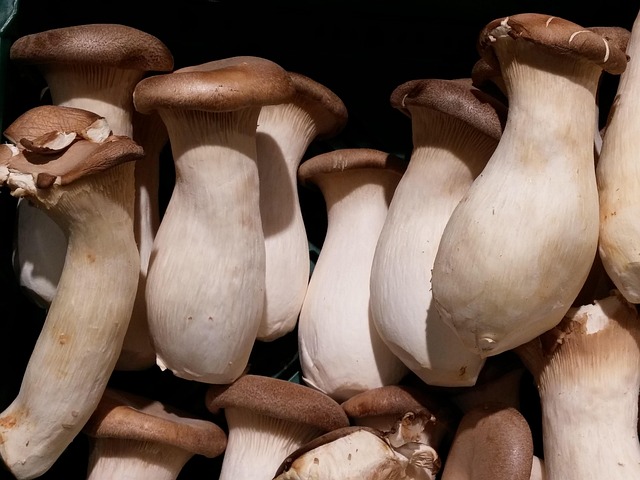
The Upper Willamette River, renowned for its picturesque landscapes and abundant wildlife, is a prime location for anglers seeking superior fishing spots. However, maintaining healthy fish populations in this vital ecosystem is heavily influenced by environmental factors. Water temperature, flow rates, and oxygen levels play crucial roles in shaping fish habitats and migration patterns. For instance, rapid changes in water temperature can disrupt breeding cycles and affect the survival rate of young fish. Similarly, fluctuations in river flow can alter the distribution of aquatic plants and shelter areas, directly impacting where fish choose to feed and rest.
Additionally, pollution and habitat destruction introduce significant challenges. Runoff from agricultural lands and urban centres can carry pollutants that harm fish eggs and disrupt water quality. Alterations to natural riverbanks due to development or logging reduce habitats essential for spawning and rearing. Understanding these environmental influences is key to implementing effective conservation strategies. By monitoring and managing these factors, stakeholders can ensure the long-term sustainability of Upper Willamette fishing spots and preserve the ecological balance that supports diverse fish populations.

